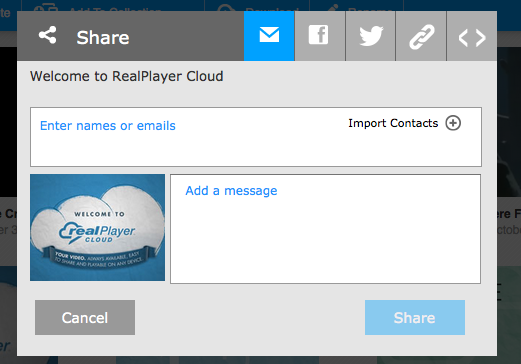
3 Reasons to Not Overshare on Social Media
Updated March 14th 2017
There was a time, not many years ago, where social media created the opportunity to share and reconnect with friends and family, near and far. We tweeted, we posted, we pinned, and we use Instagram. We let everyone know what time we woke up, what we ate for lunch, and where we met friends for drinks after work. We documented first steps, famous words, and funny moments.
In short, everything and anything was fair game for sharing on social media, and we embraced it with open arms.
Today, however, it’s a very different story. Security is a high priority in the minds of anyone using social media.
In the last year, we’ve seen major events and changes on our favorite social media platforms, including:
- Exposed security issues that have lead to personal data and photos being shared far outside their original destinations.
- Changes in the way that social media sites security works — and how often they change settings without our knowledge.
- Large numbers of new social media users abandoning the “broadcast” platforms (like Facebook and Twitter) in favor of private ones like Snapchat.
As the security necessary to protect our social media content becomes increasingly complex, it’s harder for users to know exactly what and how it works. That’s an unfortunate reality of using this socially connected internet.
Additionally, the indelibility of social media posts makes them less appealing.
Maybe you don’t want that silly video from your High School reunion on your Twitter profile anymore. Or your once toddler child is now quite grown up and doesn’t want all of their milestones permanently on your Facebook page. No matter the reason, we can all agree that deleting content off social media is increasingly difficult, and it never really goes away. Tweets are now indexed on Google, and that’s only just the beginning of the way that the internet connects and keeps all your posts.
Sharing with a smaller audience — one that you hand-pick for each thing you share — becomes a lot more desirable. You have more control over who sees what, and for how long.
Any more, it’s hard to tell if the people you want to see your posts actually do.
Who else isn’t quite sure how the Facebook algorithm works? It’s kind of magical in that way — even the “experts” only have a small idea of the full rationale between why your second cousin saw that post about last Friday’s movie theater visit, and why your best friend hasn’t seen anything in two weeks. In the speed of other social media, who can really keep up with how fast Pinterest, Twitter, and Instagram content is shared?
When you send your photos and videos to the exact people you want to see them ensures that you know exactly where your data is going, and you can rest assured that your best friend sees the post you want them to.
So what can you do?
You love sharing with family and friends, but don’t want to risk someone seeing — or not seeing — your important photos and videos. With RealPlayer on PC and RealTimes on mobile, we designed our sharing tools to allow you that control.
Share from within the RealPlayer App on PC (see picture below). If you dont have RealPlayer for PC then click the Orange button to download the latest version for your PC.
Want to share with everyone? We’ve built in Twitter and Facebook sharing options.
Want to keep it private instead? Send your private link by email or text message. Your recipients don’t even need to have RealPlayer or RealTimes installed to view what you’ve shared, which makes it great for less tech-savvy friends and family. Try it now, to see how easy it is to organize and share your media from your phone to friends, family and co-workers.
With RealTimes you get to choose where you share, and who to. You can rest assured that your videos will be shared with those you love and want to see them, and that you’ll have access to them on all your devices too.






